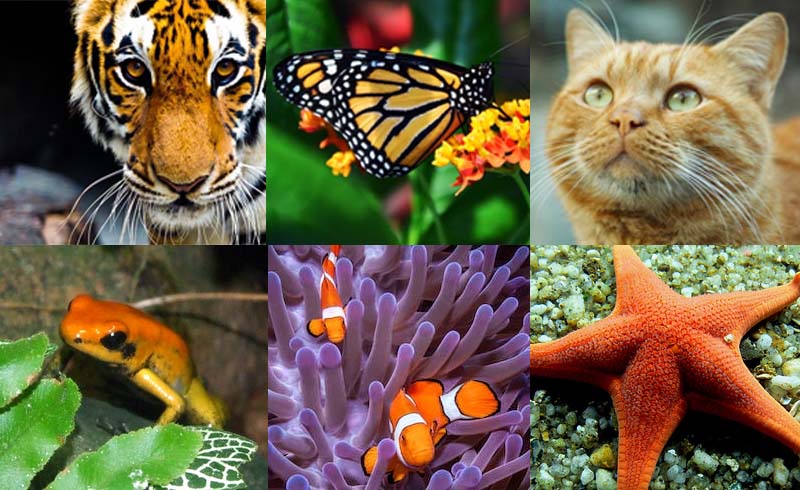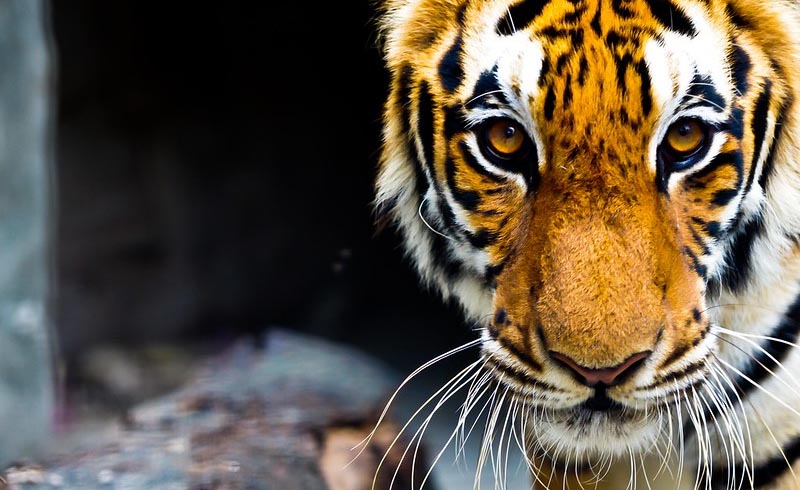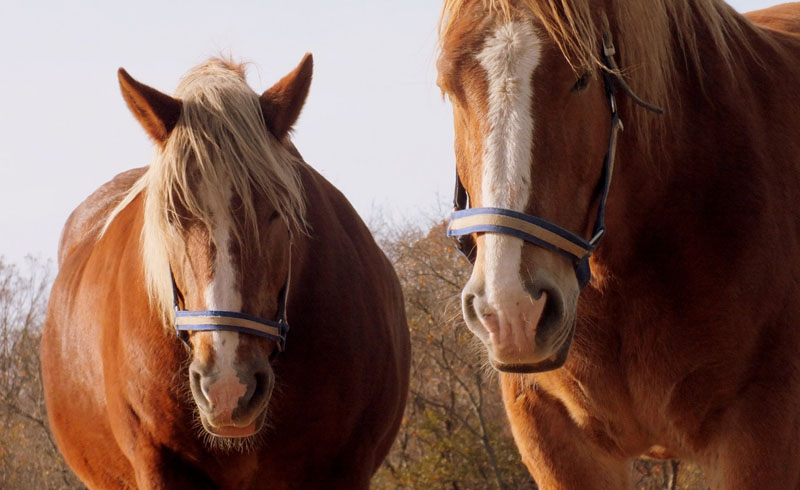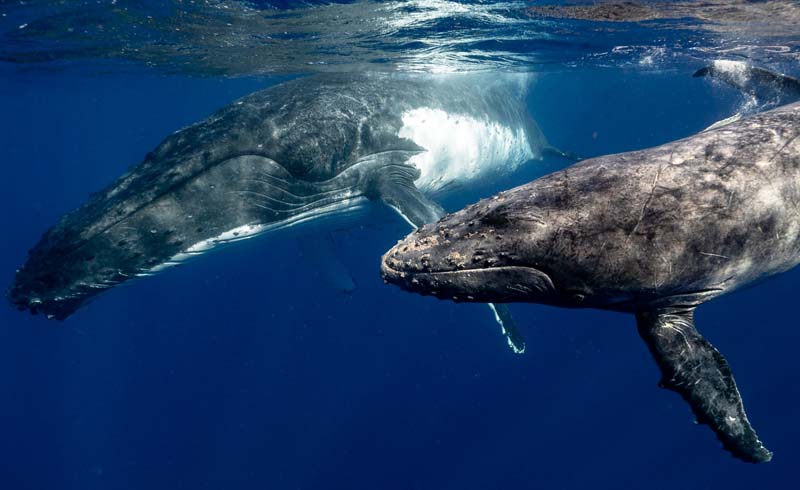The color orange is a vibrant and energetic color that is associated with vitality, creativity, and passion. In nature, we find a wide variety of animals that use this color to camouflage, attract attention, or convey a warning.
From the majestic tiger to the small monarch butterfly, orange animals are a fascinating part of the animal kingdom. In this article, we will explore some of the most interesting and diverse animals that have the color orange on their skin, fur, feathers, or shell.
1. Tigers

The tiger is one of the most impressive animals in the world, known for its strength and agility. Tigers have orange fur with black stripes that help them blend into their natural environment.
Their unique design is used for both camouflage and communication, as the stripe patterns are distinct for each tiger and help identify individuals. In Asian culture, the tiger is a symbol of courage, power, and bravery.
Although with some differences, all tiger species have orange in their fur.
2. Fox

The red fox is a wild and cunning animal, known for its reddish-orange fur. Red foxes have dense and soft fur that helps them stay warm in cold climates. Additionally, their orange color helps them blend into their natural environment and protect themselves from predators. In some cultures, the fox is a symbol of cunning, intelligence, and freedom.
3. River Crab

Not all crabs are orange. In fact, there are different species of crabs with a wide variety of colors, including brown, green, red, and blue.
However, some crabs can be orange due to the presence of pigments in their shell. For example, the American river crab (Procambarus clarkii) is a freshwater crab that often has a bright orange shell due to the presence of carotenoids in its diet.
In general, the color of crabs can vary depending on the species, age, gender, diet, and other factors.
4. Monarch Butterfly

The monarch butterfly is one of the most well-known and beautiful butterflies in the world, thanks to its orange wings with black and white spots. This colorful design serves as a warning to predators, as monarch butterflies are poisonous.
They are mainly found in North America and during their migration from Canada and the United States to Mexico and California to spend the winter, they travel a distance of up to 4,000 km.
5. Parrots

Orange parrots are a group of parrots that stand out for having orange tones in their feathers. Among the parrot species that can have these tones are:
- The Eclectus Parrot
- The Barraband Parrot
- The Sun Parakeet
Orange parrots are native to different regions of the world, such as Oceania and South America.
Some theories suggest that parrots evolved to have brightly colored feathers to help in communication among members of their own species. It is also believed that the colorful feathers help in attracting mates and defending their territory.
6. Orangutan

The orangutan is a large and furry primate that lives in the tropical rainforests of Borneo and Sumatra. Also known as the "man of the forest", its orange color is mainly due to the pigmentation of its fur. Unlike other primates that usually have dark or brown fur, the orangutan's fur is bright red or orange, especially in adult males.
The color of the orangutan's fur is due to the presence of a pigment called pheomelanin, which is responsible for giving a red or yellow tone to human hair and the fur of other animals. It is believed that the bright orange coloration of the orangutan may be a form of visual communication among individuals of the same species, as their fur makes them easily distinguishable in the dense foliage of the tropical rainforest.
It is important to mention that the orange color of the orangutan's fur is not uniform throughout the species and can vary from intense red to pale yellow depending on age, sex, and geographic location.
7. Clownfish

The clownfish is a brightly colored fish that lives in coral reefs and has an orange body with white stripes. This colorful design helps it to camouflage among the coral and anemones of the sea, and is famous for being the main character in the animated film "Finding Nemo".
Clownfish live in groups and are very social animals that communicate through visual and chemical signals.
8. Frogs
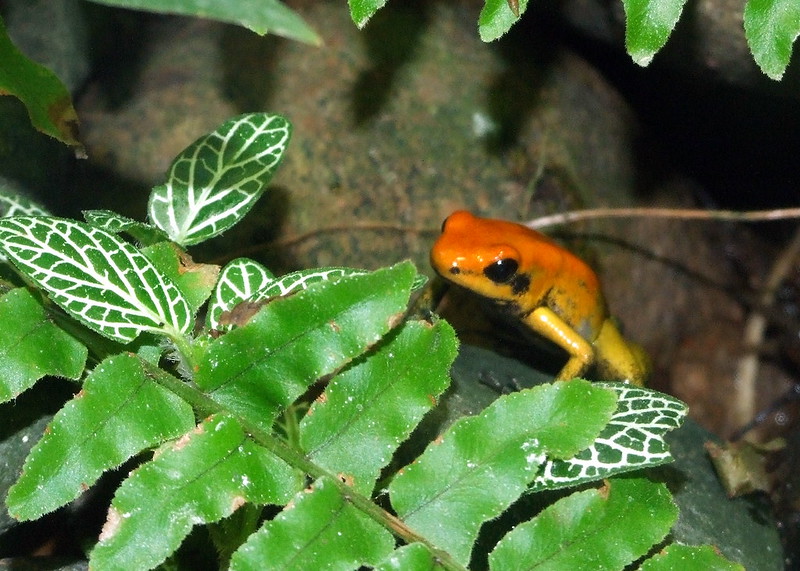
As with crabs, the color of frogs can vary depending on the species and other factors such as age, sex, and the environment in which they live.
For example, the golden poison dart frog (Phyllobates terribilis), which is native to Colombia, is known for its bright orange skin. There are also species of arboreal frogs of the genus Dendrobates, which have orange and black color patterns on their skin.
It is important to note that not all orange frogs are poisonous, but some species of poisonous frogs do have a bright warning color such as orange to indicate their toxicity to potential predators.
9. Cats
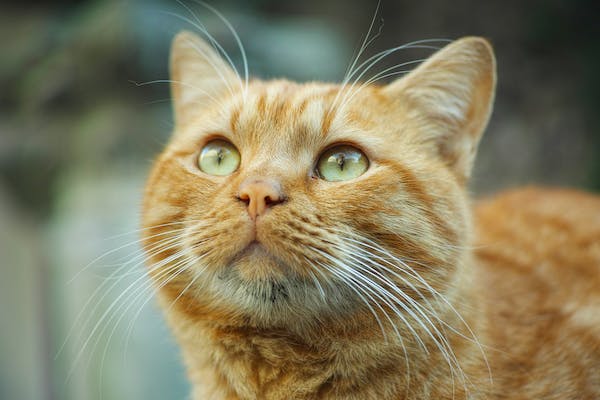
Orange cats, also known as red or yellow cats, are a common color variation in the feline population. These cats can have different shades of orange, from a soft yellow tone to an intense red hue.
Did you know that the gene that determines their color also influences their gender?
Most orange cats are male, and only about 20% of them are females. This is because the gene responsible for orange color is located on the X chromosome, and male cats have one X chromosome and one Y chromosome, while females have two X chromosomes. Therefore, orange cats must inherit the orange color gene from both parents if they are females, while they only need to inherit the gene from their mother if they are males.
10. Starfish

It is quite common to come across orange-colored starfish. This is due to the presence of pigments in their dermis. These pigments are produced by specialized cells called chromatophores that contain yellow and red pigments that mix to create the orange coloration in the starfish's skin.
In addition to their camouflage function, the bright orange skin of the starfish also acts as a defense mechanism. When it feels threatened, it can expose its bright orange skin to intimidate its predators and warn them that it is armed with sharp spines.
11. Dogs
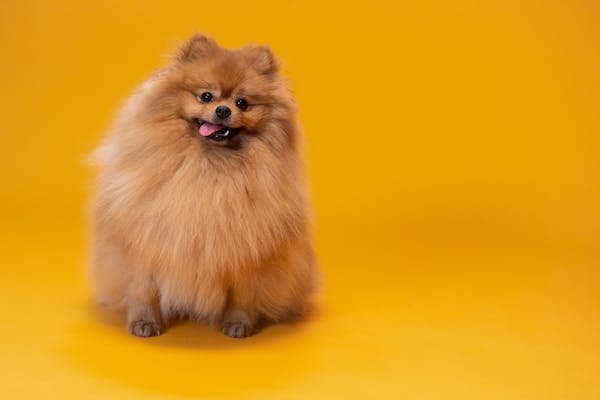
How could we forget about man's best friend? These are some of the dog breeds that are known to have variations of orange color in their fur, including:
- American Cocker Spaniel
- Shar Pei
- Long-haired Dachshund
- Pomeranian
- Irish Setter
- Short-haired Chihuahua
- Samoyed
It is important to mention that while the color of a dog's fur is an important characteristic for some people when choosing a dog breed, it is not a reliable indicator of the animal's health, temperament, or personality. It is more important to choose a dog based on their compatibility with your lifestyle and personality, as well as to ensure that they come from a responsible breeder or shelter.
12. Seahorses
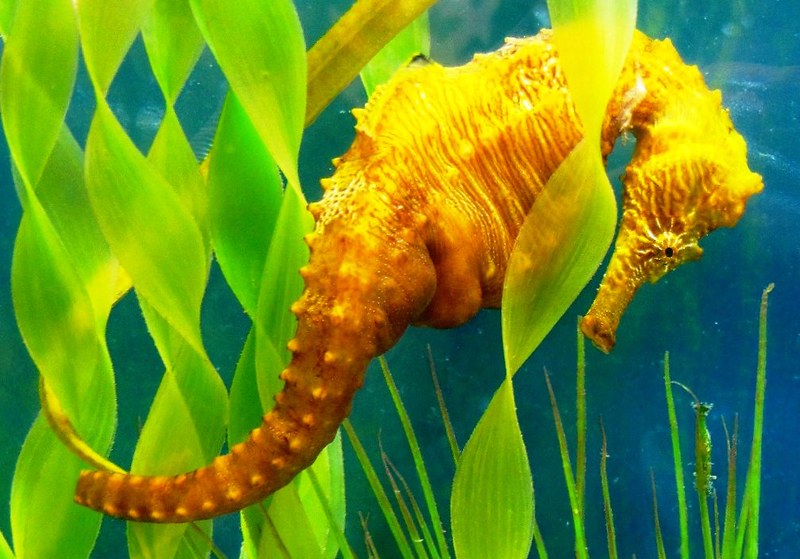
The coloration of seahorses varies according to the species and can range from brown to yellow, green, red, black, white, and yes, orange. Some seahorse species have complex coloration patterns, while others have a uniform single color throughout their body.
It is important to mention that the color of the seahorse can also change according to its environment. Some seahorse species have the ability to change the color of their skin to blend in with their surroundings and protect themselves from predators or to attract their mates during breeding season.
13. Mandarin duck
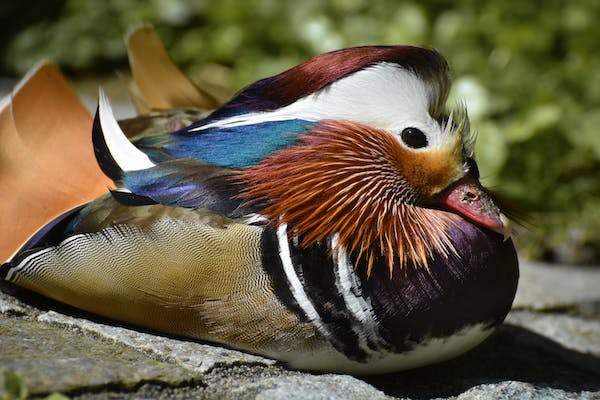
The Mandarin duck (Aix galericulata) is a species of water bird native to East Asia. It is known for its beautiful plumage, which includes a variety of bright colors, including orange.
The orange color in Mandarin ducks is a distinctive feature of adult males, who have a pattern of orange feathers on the underside of their neck and along their flanks. Females, on the other hand, have a much more subdued and less colorful plumage.
There are several theories about why male Mandarin ducks have such a distinctive orange coloration. One theory is that this coloration is a way to attract females during mating season. The bright orange coloration could be a signal of good health and genetic strength, which females may perceive as a desirable trait in a potential mate.
